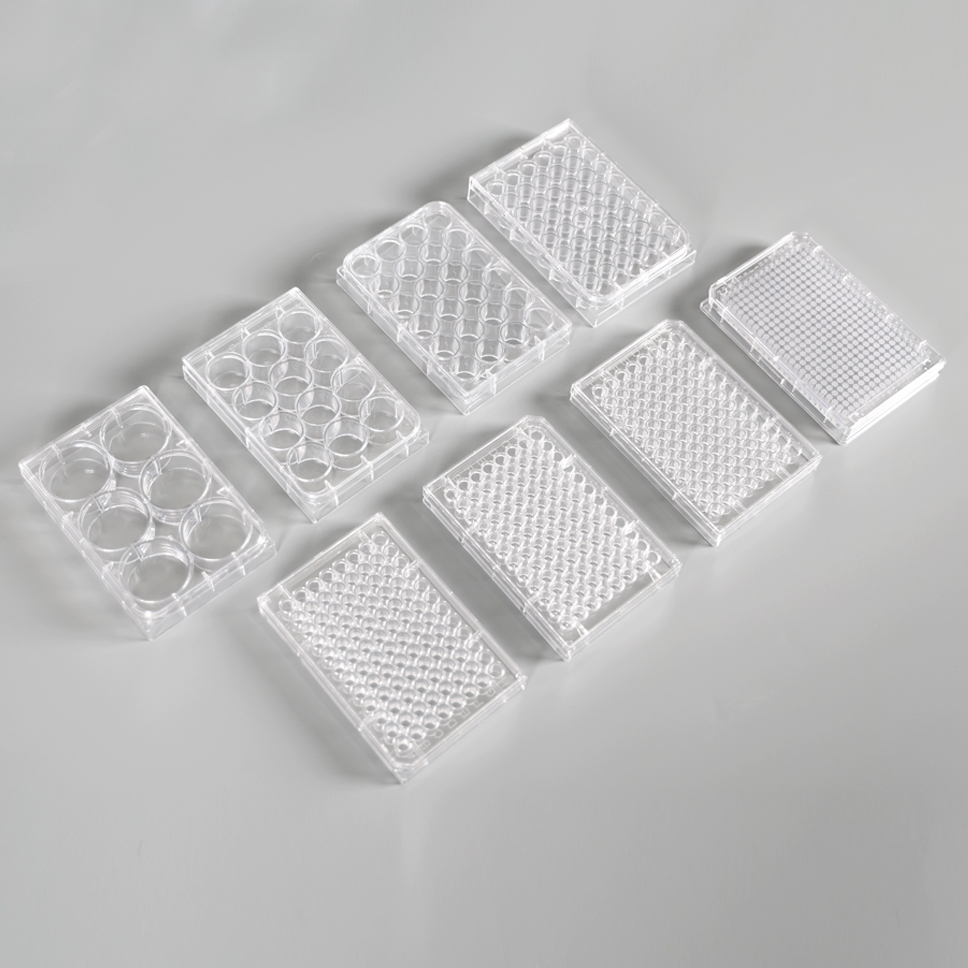(3) Determining the lower limit of the reasonable imbalance of the tool system is the eccentricity (unit) of the tool system installed on the machine tool spindle. According to the existing machine tool manufacturing level, the value is usually 2 ~ 5μm (according to each machine tool) The specific situation is slightly different). The installation of the eccentric amount as the lower limit indicates that it is meaningless to balance the allowable residual eccentricity eper (μm) of the tool system to less than 2 to 5 μm. When the rotation speed is below 40,000r/min, the allowable residual eccentricity eper value (μm) corresponding to the upper limit value G16 (or the allowable residual unbalance amount per unit weight, gmm/kg) is greater than the tool change repeat positioning accuracy value of the tool system ( Eper = 4 μm only when the rotational speed is equal to 40000 r/min. therefore. The specified upper limit value is G16, and the lower limit value is 2 to 5 μm (or gmm/kg), which not only prevents the unbalanced amount from being excessively adversely affected to the machine tool spindle, but also has technical and economic rationality. In addition, the provisions of the G16 also meet the requirements of the high-speed rotary tool safety standard (E DIN EN ISO15641) that the tool balance level should be better than the G40.
The guiding specification also requires that the internal cooling holes of the tool must be symmetrically distributed. Otherwise, the coolant can be filled with the seal hole and then dynamically balanced; and if necessary, the tool and the machine tool spindle can be balanced as a system. That is, the spindle and the tool (or tool system) are first balanced separately. Then load the tool into the spindle and then balance the system as a whole.
4. Discussion on the quality level of tool balance
Although Germany has issued guidance documents on the balance quality of the tool system and the uniform G16 balance quality rating. However, there are still many disputes and discussions about the balance quality level of the tool system. In summary, there are two main problems:
(1) The balance quality grade of G16 gives people a feeling of “required reductionâ€. The average user has become accustomed to a higher balance quality level and still requires the tool manufacturer to provide G2.5 (maximum use speed 20000r/min). Tool. On the other hand, tool manufacturers start from the needs of market competition. Also try to make the product's balanced quality level better than G16. Therefore, at this stage, tool manufacturers (including cutters, tool holders, and chuck manufacturers), in addition to meeting the special use conditions and balance requirements put forward by users, are self-regulating the balance of products according to their respective product characteristics and manufacturing levels. quality level. Some large user companies such as Bosch Technology and Daimler Chrysler Aerospace specify the balance quality level within the company based on the conditions of use of the tool.
(2) Uwe.Kolb and others from Ulm College in Germany found through experiments that on the three balancers, the same tool with a weight of 0.87kg and using HSK63 holder was measured several times by different operators. The minimum unbalance is 4.76Ogmm and the maximum is 10.55Ogmm. It can be calculated that when the rotational speed is 15000r/min, the former is equivalent to G9, and the latter is equivalent to G19, and the dispersion range of G value is close to l0. A similar test conducted on eight common tool-to-tool combination systems further demonstrates this dispersion. The test results show that all measurements are not up to G2.5, and even G6.3 is not achieved at all speeds. The researchers pointed out that the uncertainty of this imbalance is related to the lack of uniform measuring instruments and test methods. At present, the dynamic balancing machine used to measure the unbalance is not only a general-purpose type (generally horizontal) produced by a professional manufacturer, but also a special type (generally vertical) developed specifically for tool balancing. The test results show that different operators use different types of dynamic balancing machines to measure the unbalanced data of the same tool. This is also the main reason why it is difficult for users to repeatedly measure the imbalance measured by the tool manufacturer.
Previous page next page
Cell Culture plates provide the right environmental surface to cultivate microorganisms. Choose from a variety of treated and untreated plates and dishes in multiwells or uniform flat bases. Some of the features include optically-clear for easily viewing cells, stacking beads for easier handling, and gamma sterilized and certified nonpyrogenic.
Product material: made of polystyrene
Product features: Each hole is marked with numbers and letters, which is easy to locate. One section of the plate cover has two bevel guides to prevent cross-contamination.
Features:
Easy to locate: alphanumeric labeling
Increased hole edges: reduces the risk of cross-contamination
Independent packaging: each culture plate is individually packaged
The tightly integrated hole cover can effectively prevent the contamination and evaporation loss of the medium during the cell culture process
Good stability: Innovative cover edge diversion design, which greatly improves the circulation and exchange of air in the plate

24 Well Plate,Cell Culture Plate,6 Well Plate,12 Well Plate,96 Well Plate Cell Culture
Yong Yue Medical Technology(Kunshan) Co.,Ltd , https://www.yymeds.com